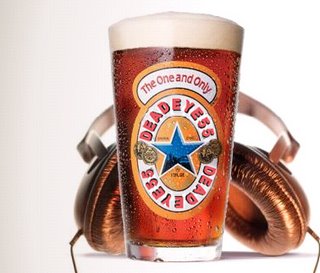
Here is a list of UK Ladbrokes players including their online alias who will be playing at the WSOP Las Vegas. You can visit
Paul jackson (action jack) and
Connor tate (sealey)`s web site at
www.uncoverpoker.com If you know any of these players or you are one of these players , then please post a comment and spill the beans. Go on you know you want to.
Paul Jackson, UK - actionjack Derek Lawless, UK - THEDUKE11 Rob Hand, UK - reeldizzy Martin Green, UK - eddieyates
Jonathan Kalmar, UK - skalie Nigel Stentiford, UK - legin1961 Ian Gerrard, UK - MRGERRARD Pri Hallan, UK - demon1 Charles Sanderson, UK - _chuck_ Beverley Pace, UK - cbass Roy Coles, UK - roysie Stephen Sass, UK - -bluffer- Jeff Kimber, UK - JaffaCake Kevin Daly, UK - pocket72 Austin Quinn, UK - EMMERSON Alan Trueick, UK - biglad Nigel Sutcliffe, UK - Sudsy8 David Dyer, UK - aplunk Mark Lowe, UK - lowe14 Sean Carey, UK - 7heavenx Paul Skerrett, UK - pp2 Richard West, UK - w3sty Gary McCabe, UK - BIG_G__MAC Thomas Arnold, UK - TANK21 Luke Pikett, UK - CrazyAss Paul Kershaw - UK, OhTequila Billy Ngo, UK - BillyDaKid Roy Brindley, UK - ROYTHEBOY Tim Blake, UK - T8MML Kyriacos Dionysiou, UK - truman8 Trevor Reardon, UK - bigTR Kelvin Somerville, UK - silvermvric John Knight, UK - _Ectorstx_ Steven Mitchell, UK - mitchhh John Gale, UK - gizzimow Steve Davis, UK - fivek Anthony Ponsford, UK - DaLimey Katherine Hartree, UK - minimilk Terence Allan, UK - 2SHOTS Ian Cox, UK - crapper Conor Tate, UK - sealey Paul Brown, UK - 216090 Mike Herron, UK - Micky147 Micheal Sands, UK - SANDERMAN Joel Simon, UK - bigman693 Andrew Seden, UK - bearmoney Leilani Dowling, UK - TheVixen Martin Smyth, UK - macedonia Jeffrey Burke, UK - nenobear Richard Herbert, UK - Strummer9 John Conroy, UK - punkfloyd Adam Collins, UK - bigadzc Jonathan Reynolds, UK - 1prophet James Wood, UK - slimjim9 Johnathan Hansmeyer, Canada - Decision Vinod Jadav, UK - vinny .










